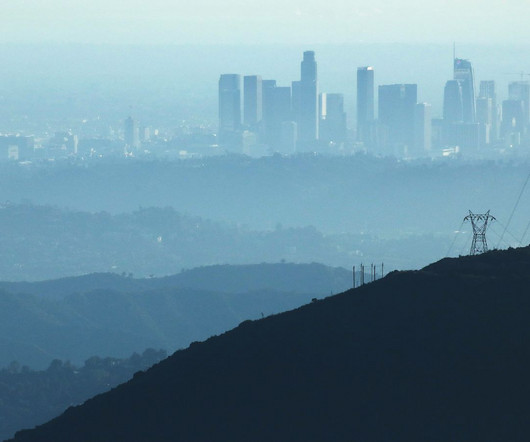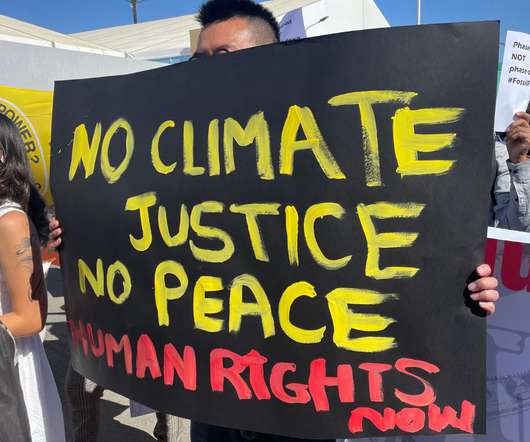The State of the Air in 2024? Not Great
Union of Concerned Scientists
MAY 13, 2024
That means it includes the extreme wildfires exacerbated by the fossil fuel industry that burned more than 4% of California in 2021 and 2022. come from burning fossil fuels and pesticide use, and ultrafine particles (PM0.1) Ozone plays a dual role in our atmosphere. These particles are categorized by size.















Let's personalize your content